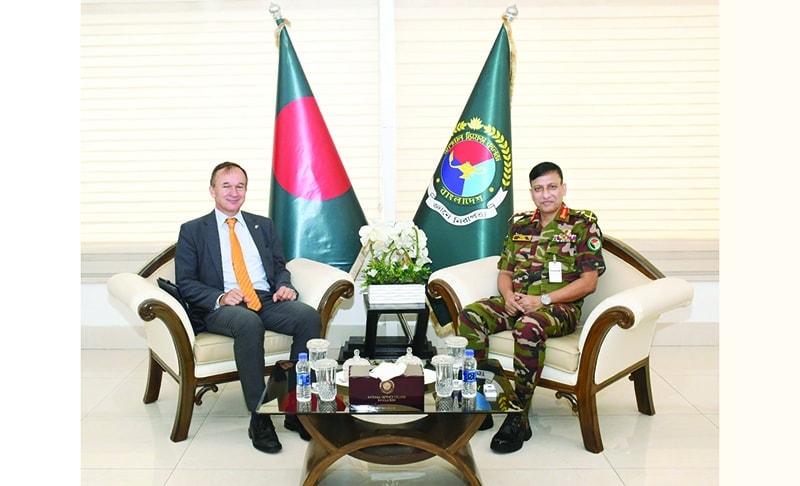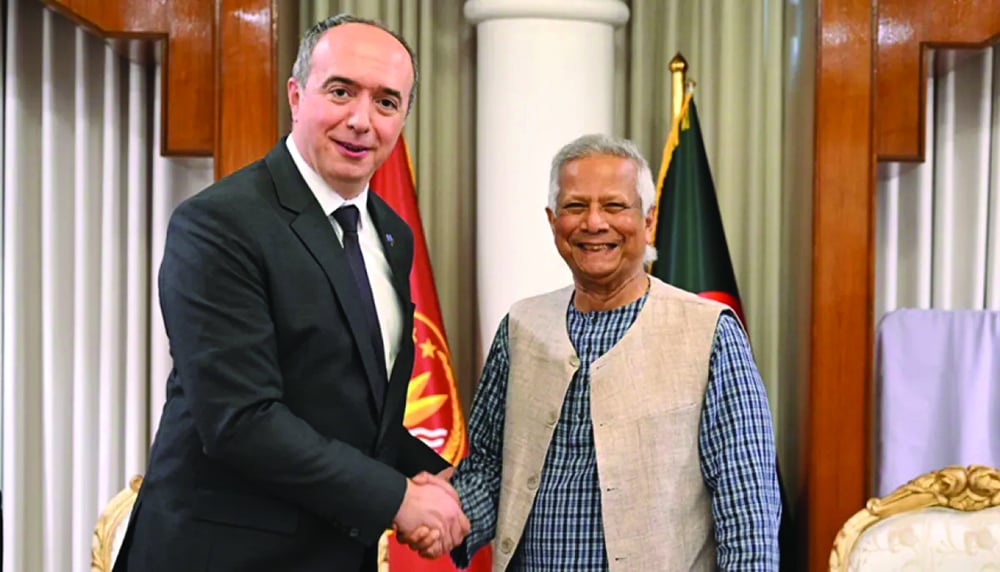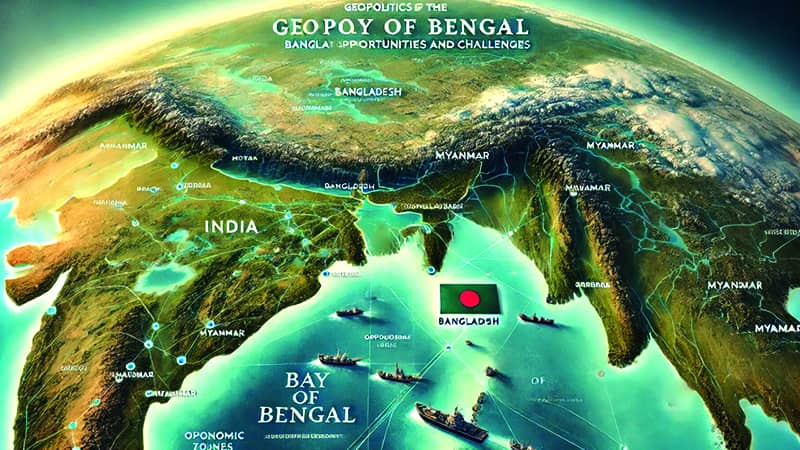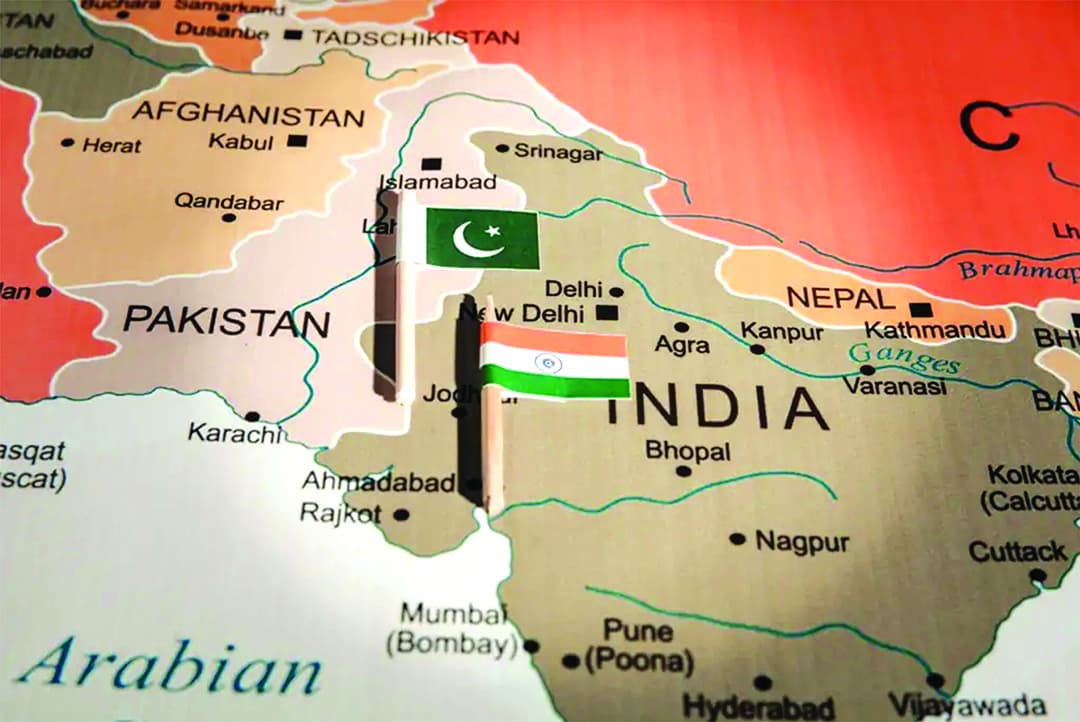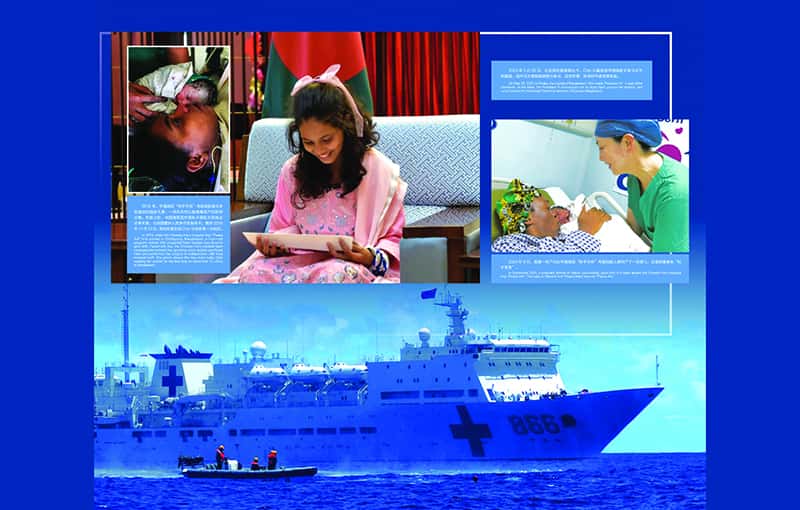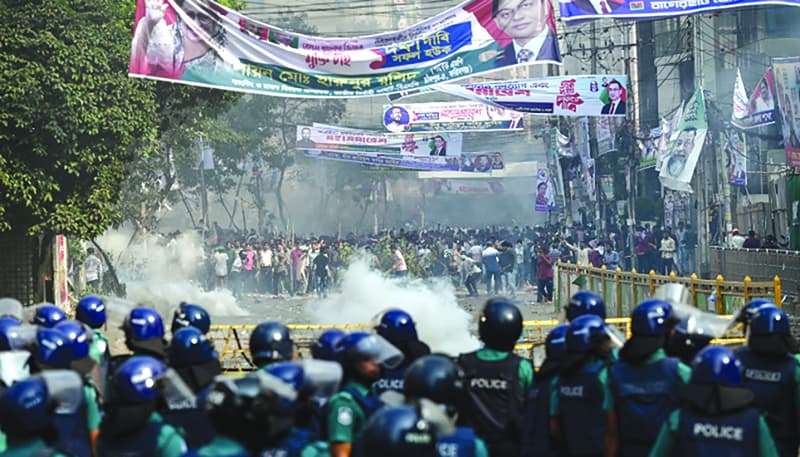Towards Inclusive Institutional Changes for Rural Financial Inclusion
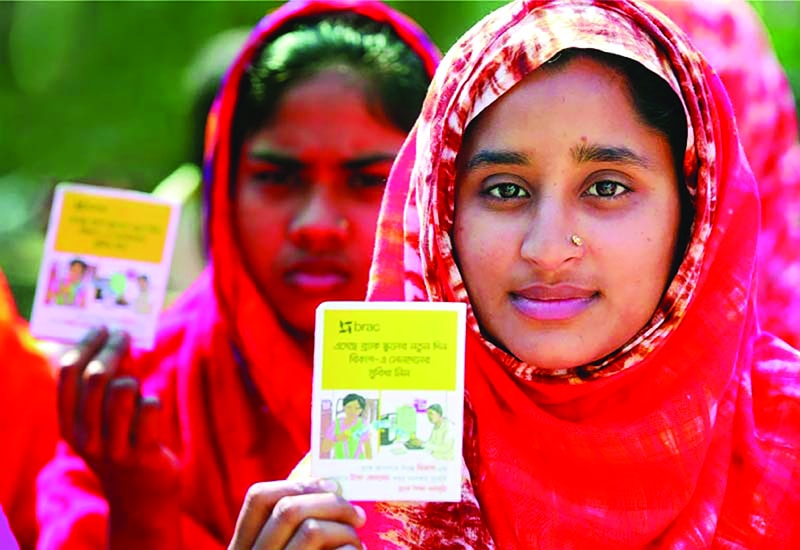
Dr. Atiur Rahman
The writer is an eminent economist, Emeritus Professor at Dhaka University, and former Governor of Bangladesh Bank.
Though dated, reading the book ‘Why Nations Fail’ (2012) by Daron Acemoglu and James A. Robinson was still fascinating. The book argues against extractive economic institutions structured to extract resources from many by the few. If this trend continues, they argue, the nations are bound to fail. Instead, the authors argue that there is a link between inclusive economic and political institutions and prosperity. The book provides several case studies on both sides of the coin. And finally, it reaches the conclusion that a virtual cycle can only be initiated with inclusive institutions for prosperity for all, leading to desired poverty reduction.
Bangladesh’s economy emerging as one of Asia’s most ‘remarkable and unexpected success stories’ during recent years, is being widely acknowledged by global experts as a role model of development despite many challenges in the areas of governance. And they attribute a significant share of this success to policies promoting inclusive finance.
The IMF’s Financial Access Survey (FAS) data bears testimony to such inferences. IMF data shows that the number of bank branches per 100 thousand adults in Bangladesh started increasing by 2010. This number grew faster once the commercial banks’ non-branch agent outlets started operating in earnest. Between 2010 and 2021- the number of bank branches and agent outlets per 100 thousand adults increased from 8 to 16 (doubled) (IMF, 2023). Data from IMF also shows that between 2003 and 2021 number of MFI branches per 100 thousand adults increased from 7 to 18 (almost tripled), and the number of loan accounts with MFIs per 100 thousand adults increased from 12 thousand to 23 thousand (almost doubled) (ibid).
It should be evident from the above that Bangladesh’s financial sector has undergone a significant (if not revolutionary) transformation over the last 13-14 years despite many governance limitations. Considering that over 45 percent of Bangladesh’s employment is in agriculture (BBS, 2022), it is natural to wonder how this ‘silent revolution of financial inclusion’ has affected the lives and livelihoods of households relying on agriculture. Recalling my deep association with the task of reforming financial regulatory infrastructure as Governor of the Central Bank of Bangladesh, I can now clearly relate how minor changes in the delivery system of agricultural credit by all banks with the facilitating role of the regulator embarked on a virtual sector of more farmers getting the access to finance and adding value to agricultural production. I am happy to see that even outsiders were keen on observing these significant changes in economic institutions.
For example, Gerald Epstein (2013) has pointed out that from the very beginning of this recent inclusive financing campaign, the central bank of Bangladesh (Bangladesh Bank) has resorted to a ‘developmental approach’ which has emphasized channeling finance to the real sector which includes ‘support and promotion of agricultural lending’ as well as ‘credit program for sharecroppers.’
Given this backdrop, I intend to review the specific policy initiatives of Bangladesh Bank to improve access to finance for the farmers and then- broadly identify the impact those policies have had on the lives and livelihoods of the agriculture-dependent households of the country.
The global financial crisis that hit economies worldwide by the end of the first decade of this century made financial sector policymakers realize once again the importance of having monetary policies in place that did not just focus on inflation targeting and duly prioritized other macroeconomic concerns. Oliver Blanchard, the former Chief Economist of the IMF, rightly pointed out, “Before the economic crisis began in 2008, mainstream economists and policymakers had converged on a beautiful construction for monetary policy. … we had convinced ourselves that there was one target, inflation. There was one instrument, the policy rate. … One lesson to be drawn from this crisis is that this construct was not right: Beauty is not synonymous with truth. There are many targets and many instruments. How the instruments are mapped onto the targets and how these instruments are best used are complicated problems ….”.
This realization gave a new rise to what is now known as ‘developmental central banking.’ This paradigm shift suggests a broad-based and more engaging role of the central bank in ensuring macroeconomic stability, maintaining growth, and managing inflation. Here, monetary policy is expected to go beyond the then-prevailing practices focused mostly on controlling inflation and engage itself in other pressing macroeconomic concerns, including addressing inequality and adaptation to climate change.
Given this backdrop, Bangladesh Bank may be considered a pioneer of this resurfaced paradigm of developmental central banking. Bangladesh Bank initiated its dynamic and timely campaign of broad-based financial inclusion in 2009 with the commitment to ‘promote and maintain a high level of output, employment, and real income, fostering growth and development of the country’s productive resources along with preserving monetary and financial stability’.
With the intention of encouraging commercial banks to channel more finance to the agriculture sector, Bangladesh Bank induced all commercial banks to establish separate agricultural and/or rural finance departments or sub-departments. And, to ensure that credit reaches the right farmers, policies have been in place so that open sessions are held to avoid mistargeting/leakage. The presence of local dignitaries (government and non-government) in these open credit disbursement sessions has also been ensured so that the processes remain transparent and participatory. Most importantly, Bangladesh Bank ensured that commercial banks create the provisions so that small and marginal farmers could open no-frill bank accounts (10-taka-accounts) with those banks.
Secondly, to reach the previously underserved/ unserved with formal finance, Bangladesh Bank has taken initiatives that include- earmarking a share of the agricultural and rural credit for women, especially targeting the small and marginal farmers, and initiating credit programs that specially targeted the farmers in remote areas (e.g., those in Char and Haor areas).
Thirdly, Bangladesh Bank has rightly identified the proliferation of mobile phone usage in rural communities as an opportunity to expand digital finance. The central bank made it mandatory for all commercial banks to keep records of the mobile phone numbers of all farmers so that those farmers could later be contacted to assess customer satisfaction/grievances. Bangladesh Bank has also set up a Customer’s Interest Protection Center with a hotline to address customer grievances. This initiative has proven to be especially popular.
Finally, certain policy measures related to supporting the agriculture sector have focused on improving the resource efficiency of agricultural practices and macro-level resource management. For example, Bangladesh Bank has provided subsidized credit (at a 2 to 4 percent interest rate) for farmers who cultivate certain import-substitution crops. This has greatly encouraged the farmers to cultivate import-substitution crops and/or high-value crops, which in turn has benefited the national economy by saving hard-earned foreign currency. Special credit facilities have also been made available for those opting for solar irrigation, biogas plant, solar home systems, etc., to promote climate-friendly development.
Although not solely targeting the rural communities, two other digital finance policy initiatives of Bangladesh Bank have left a significant positive impact on the lives and livelihoods of the agriculture-dependent households of Bangladesh. These are Agent Banking and Mobile Financial Service (MFS).
As the overarching goal of Bangladesh Bank’s agricultural and rural credit policies and programs has been to improve the flow of finance for the agricultural sector- changes in the credit disbursement targets set over the years for this sector are perhaps the most suitable indicator to measure the outputs of the policy measures undertaken by the central bank. Data from Bangladesh Bank shows that between FY2010-11 and FY2022-23, the total agricultural and rural credit disbursement target set by the central bank has increased from BDT 126 billion to BDT 309 billion (almost tripled in just over a decade).
More importantly, it has been seen that private commercial banks are increasingly engaged in agriculture finance. In the early years, state-owned commercial banks and other specialized banks disbursed the majority share of agricultural credit during the period. But as the years progressed, private commercial banks have become more inclined toward agriculture finance. Consequently, the share of private commercial banks in the total agricultural and rural credit disbursement target has increased from 24 percent in FY2010-11 to 59 percent in FY2022-23.
A review of data available from the annual Agricultural and Rural Credit Policy and Program documents published by Bangladesh Bank has revealed the following positive outputs of the policy measures taken over the last 13-14 years:
* Each year, between 10 to 16 thousand open-yard agricultural credit disbursement sessions have been held to select eligible farmers. Local eminent personalities (government and non-government) were present during these sessions to ensure transparency and participation.
* Among the agricultural and rural credit recipients yearly, between 1.7 million and 3 million have been small and marginal farmers. And among them, 500 to 9,000 have been farmers from remote areas (e.g., Char, Haor, etc.).
* Almost 10 million no-frill accounts for farmers (10-taka-accounts) are operational, as per the latest data from Bangladesh Bank. Farmers are using these bank accounts to receive subsidies for purchasing diesel, receiving safety net allowances, and remittances.
During this period, on average, 46 percent of the annual loans disbursed by MFIs have gone to the agriculture sector. The contribution of developmental central banking in facilitating improved Agri-finance by MFIs becomes more obvious when partnerships between commercial banks and MFIs are looked into. While MFIs have been historically more engaged in rural finance than conventional banks, Bangladesh Bank opted to leverage the track record of MFIs in last-mile service delivery in enabling commercial banks to channel credit and other financial services to farmers in rural areas of Bangladesh. Under this initiative, commercial banks partnered MFIs with a successful track record and then used the MFIs’ network at the grassroots to channel agricultural credit.
The discussion so far has presented a narrative related to policy measures taken by Bangladesh Bank with the intention of promoting and/or safeguarding agriculture, including an overview of the outputs of those initiatives in terms of increasing the supply of credit. This naturally brings forward questions about how much these outputs ultimately have contributed to the well-being of the farmers (i.e., the longer-term outcomes of developmental central banking).
Production of cereals and agricultural GDP (including fisheries sub-sector) both appear to have increased significantly during the recent decade. According to the Bangladesh Economic Review 2023, food production increased from over 34 million metric tons to over 43 million metric tons during this period, with a commendable increase of over 26 percent. Agricultural GDP (including the fisheries sub-sector) has also increased by 33 percent (from BDT 1 trillion to BDT 1.33 trillion) during this period.
To what extent these increases in production and GDP has contributed to the well-being of the rural people can be visualized from the changes in incomes of rural households and the reduction in poverty in those areas. Key findings of the Household Income and Expenditure Survey (HIES) 2022 published by the Bangladesh Bureau of Statistics (BBS) show that the average monthly income of rural households in Bangladesh has increased from BDT 9,648 in 2010 to BDT 26,163 in 2022 (a stunning increase of 171 percent). The increases in living standards of rural households (reflected through higher income) have been possible mostly due to their increased access to finance. Of course, there are other factors to which this success can be attributed.
It has been aptly established that the developmental approach of Bangladesh Bank has prudently leveraged the country’s financial sector to promote and/or safeguard the agriculture sector, which in turn has contributed toward the growth and stability of the entire economy. Yet it must also be noted that agriculture will remain to be the vanguard of Bangladesh’s economy for at least another couple of decades. Therefore, the country’s financial system must also remain consistent with its innovations related to Agri-finance during that period.






